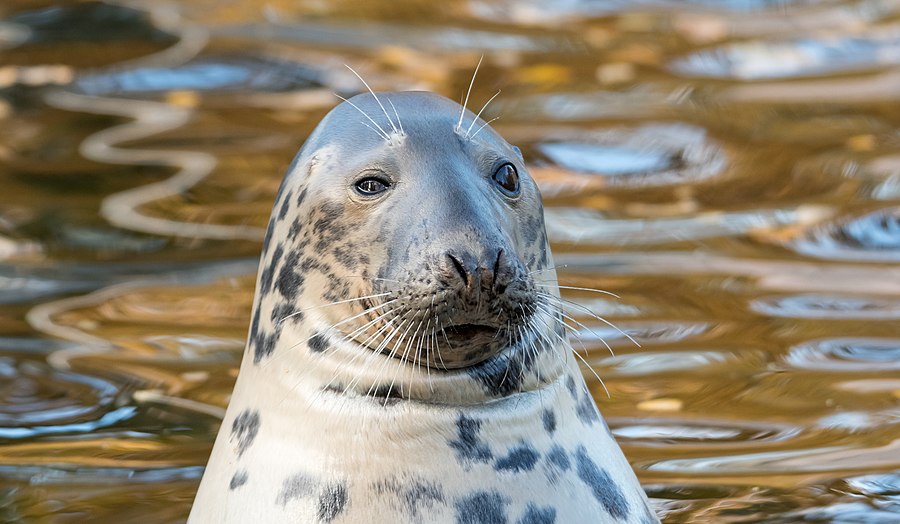Facts About Grey seal
The grey seal, also known as the Atlantic seal or horsehead seal, is a captivating marine mammal inhabiting both shores of the North Atlantic Ocean. Belonging to the genus *Halichoerus* and the family *Phocidae*, they are divided into two primary subspecies: *Halichoerus grypus grypus* in the Baltic Sea and *Halichoerus grypus atlantica* in the North Atlantic. Genetic studies have revealed distinctive differences between the eastern and western Atlantic populations.
These seals are exceptionally large, with males reaching up to 2.7 meters (about 9 feet) in length and weighing as much as 400 kg (around 880 pounds), while females are generally smaller. Grey seals are easily identifiable by their straight head profile, large snouts, and the absence of external ear flaps. They frequently form colonies along the coasts of the United Kingdom, Ireland, Canada, and the United States. The largest colony resides on Sable Island in Nova Scotia. Their diet primarily consists of fish, but they also hunt other marine organisms.
Regarding reproduction, female grey seals typically give birth to a single pup annually. The mother solely nurtures the pup, which is born with a thick, white fur coat. The pups are weaned on milk exceptionally rich in fat, enabling rapid growth. Grey seals utilize vocalizations and underwater clapping of their flippers to communicate, with these sounds serving various functions, including deterring predators and attracting mates.
Once nearly driven to extinction in the United States due to extensive hunting, grey seal populations have rebounded thanks to dedicated conservation efforts. They are now protected by laws in many countries. Nonetheless, human-induced noise pollution can disrupt their communication, highlighting the need to understand their behaviors for effective conservation.
In captivity, grey seals are sometimes trained to perform tricks, which can impact their natural communication behaviors. Despite these challenges, grey seals hold a pivotal role in marine ecosystems. Protecting them and comprehending their ecological requirements is essential for their ongoing survival.

 Estonia
Estonia